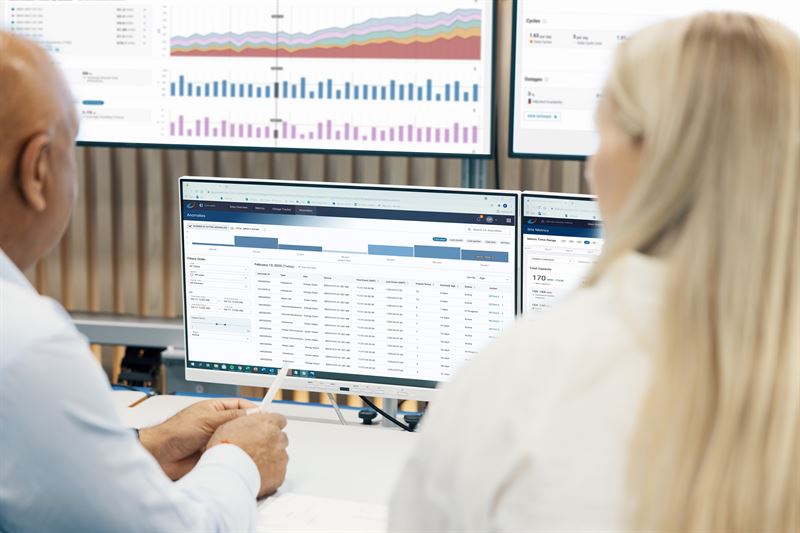As global electricity systems grow increasingly dependent on renewable energy, precision in managing energy storage assets has become a decisive factor in grid stability and project profitability. Wärtsilä’s new GEMS Pulse platform directly addresses this operational challenge by transforming raw battery data into actionable intelligence—aiming to unlock the full financial and technical potential of energy storage systems.
Modern batteries generate thousands of data points every second, from voltage fluctuations to temperature gradients. Yet most operators lack the tools to convert this vast dataset into meaningful insights. Wärtsilä estimates that a 5% error in state-of-charge (SoC) measurement can lead to annual revenue losses of around $10,000 per megawatt (MW). For a 100 MW, two-hour battery system, that inaccuracy could translate into as much as $20 million in unrealized revenue over its lifetime.
This is where GEMS Pulse intervenes. The system delivers predictive analytics that improve visibility into cell health, degradation rates, and usable energy capacity—allowing operators to reclaim up to 20% of capacity often held in reserve as a safety buffer. By using advanced algorithms to track anomalies and model operational outcomes, it reduces downtime, lowers maintenance costs, and enables a higher degree of precision in dispatching stored energy to the grid.
Beyond diagnostics, the platform incorporates simulation capabilities that allow operators to test dispatch strategies before implementation, optimizing for parameters such as cycle count, depth of discharge, and continuous power rating. This functionality aligns with a broader market shift toward performance-based contracts, where system reliability and lifecycle economics increasingly determine profitability.
The intelligence behind GEMS Pulse is drawn from Wärtsilä’s extensive global fleet—millions of battery modules and billions of operational data hours—validated by two U.S.-based testing laboratories specializing in real-world battery behavior. This combination of field data and in-house expertise enhances forecasting accuracy for system health and long-term performance degradation.
The platform is already integrated into Wärtsilä’s internal energy performance services and has optimized over 9 gigawatt-hours (GWh) of battery capacity to date. As global storage installations accelerate—set to exceed 500 GWh by 2030, according to BloombergNEF—the ability to accurately predict, monitor, and monetize battery performance may become the defining edge in next-generation grid operations.
Stay updated on the latest in energy! Follow us on LinkedIn, Facebook, and X for real-time news and insights. Don’t miss out on exclusive interviews and webinars—subscribe to our YouTube channel today! Join our community and be part of the conversation shaping the future of energy.





